At the heart of the plan is a new industry Building Safety Regulator to oversee and enforce a new regime of responsibility, with specific gateway points at design, construction and completion phases established to ensure safety is considered at each and every stage.
Safety risks will also need to be considered at the earliest stage of the planning process.
Reforms also include fresh measures to help those seeking compensation for shoddy refurbishments, which make the home unliveable.
Under the proposals, the government is more than doubling the amount of time, from 6 to 15 years, that home-owners can seek compensation for substandard construction work.
The changes will apply retrospectively. This means that residents of a building completed in 2010 would be able to bring proceedings against the developer until 2025.
New measures in the Building Safety Bill
- Ensure there are clearly identified people responsible for safety during the design, build and occupation of a high-rise residential building.
- Establish a Building Safety Regulator to hold to account those who break the rules and are not properly managing building safety risks, including taking enforcement action where needed.
- Give residents in these buildings more routes to raise concerns about safety, and mechanisms to ensure their concerns will be heard and taken seriously.
- Extend rights to compensation for substandard workmanship and unacceptable defects.
- Drive the culture change needed across the industry to enable the design and construction of high-quality, safe homes in the years to come.
- Strengthen the regulatory framework for construction products
To ensure high standards are continuously met, a ‘golden thread’ of information will be created, stored and updated throughout the building’s lifecycle, establishing clear obligations on owners and enabling swift action to be taken by the regulator, wherever necessary.
The Bill includes powers to strengthen the regulatory framework for construction products, underpinned by a market surveillance and enforcement regime led nationally by the Office for Product Safety and Standards (OPSS).
The national regulator will be able to remove products from the market that present safety risks and prosecute or use civil penalties against any business that breaks the rules and compromises public safety.
Housing Secretary Robert Jenrick said: ”The reforms will tackle bad practice head-on, building on Dame Judith Hackitt’s review of Building Regulations and Fire Safety, which highlighted a need for significant cultural and regulatory change.
“The Bill also contains measures to protect leaseholders by providing a legal requirement for building owners to explore alternative ways to meet remediation costs before passing these onto leaseholders, along with evidence that this has been done.
“This builds on the government’s commitment to fully fund the cost of replacing unsafe cladding for all leaseholders in residential buildings 18m and over in England, with an unprecedented £5 billion investment in building safety.
“This is alongside the introduction of a new levy and a tax to ensure that industry pays its fair share towards the costs of cladding remediation.”
Developers will also be required to join the New Homes Ombudsman scheme, which will require them to provide redress to a homebuyer, including through the awarding of compensation.
Chair of the Independent Review of Building Regulations and Fire Safety Dame Judith Hackitt said: “I am delighted that we have reached this important milestone for the Building Safety Bill. It is vital that we focus on getting the system right for the future and set new standards for building safety.
“Residents and other stakeholders need to have their confidence in high rise buildings restored and those who undertake such projects must be held to account for delivering safe buildings.”





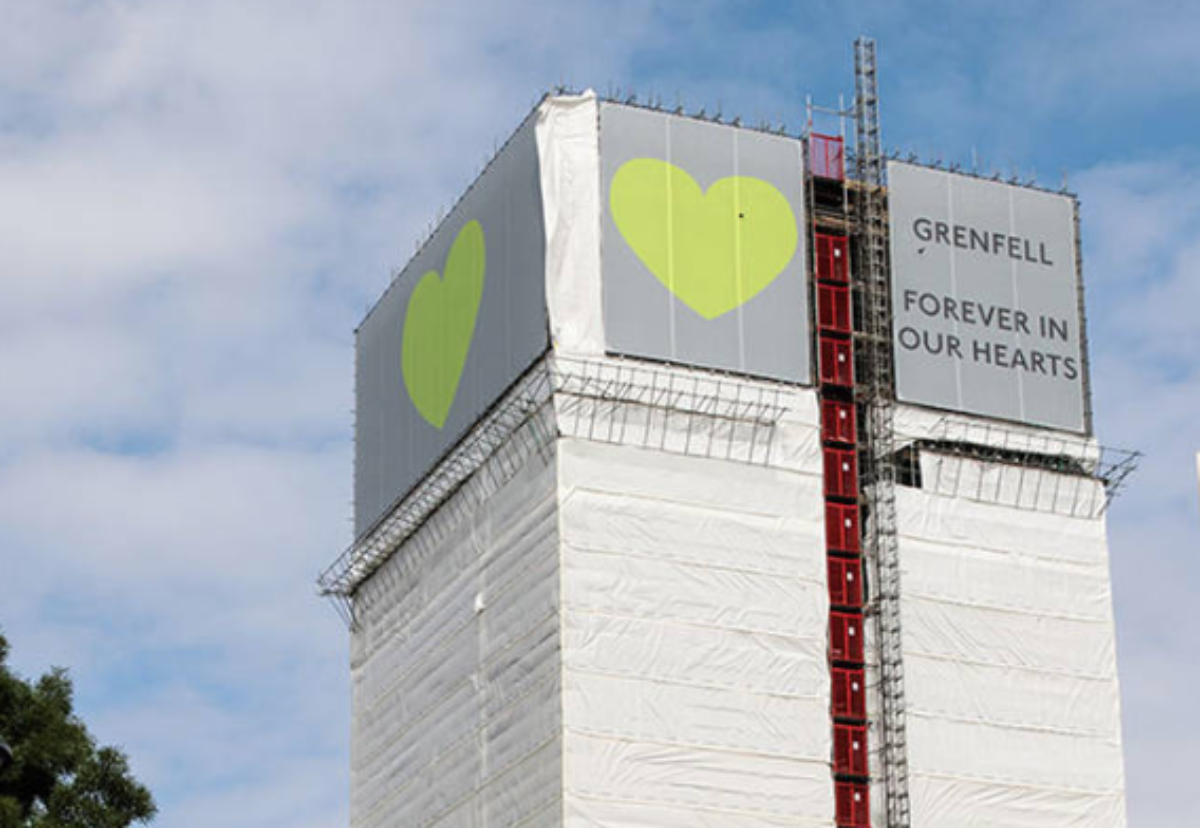


















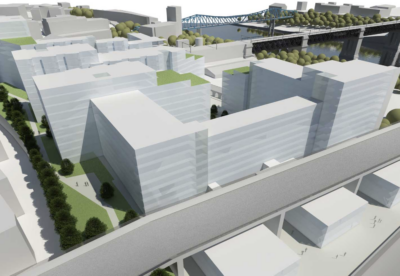

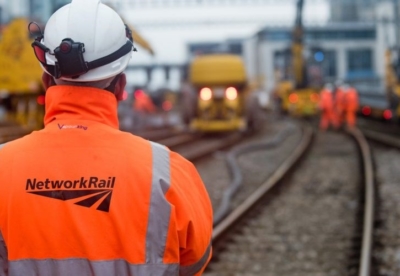









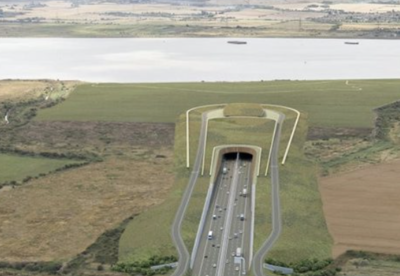
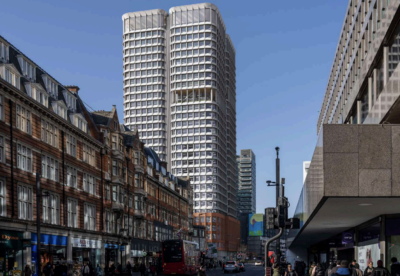





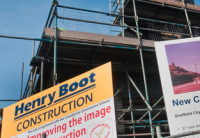
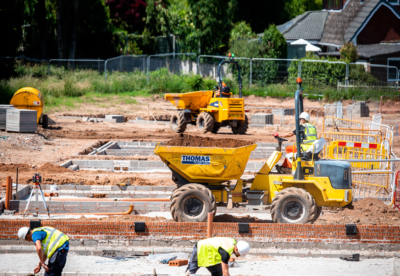



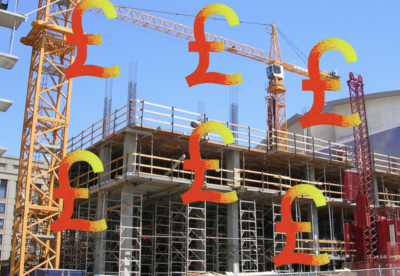

.gif)





 MPU 300_250px.gif)
